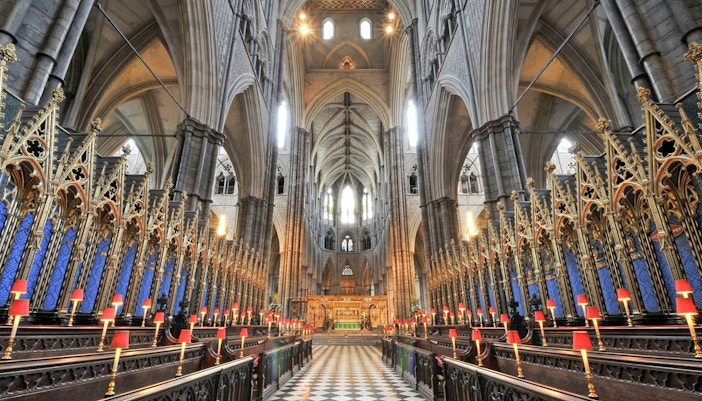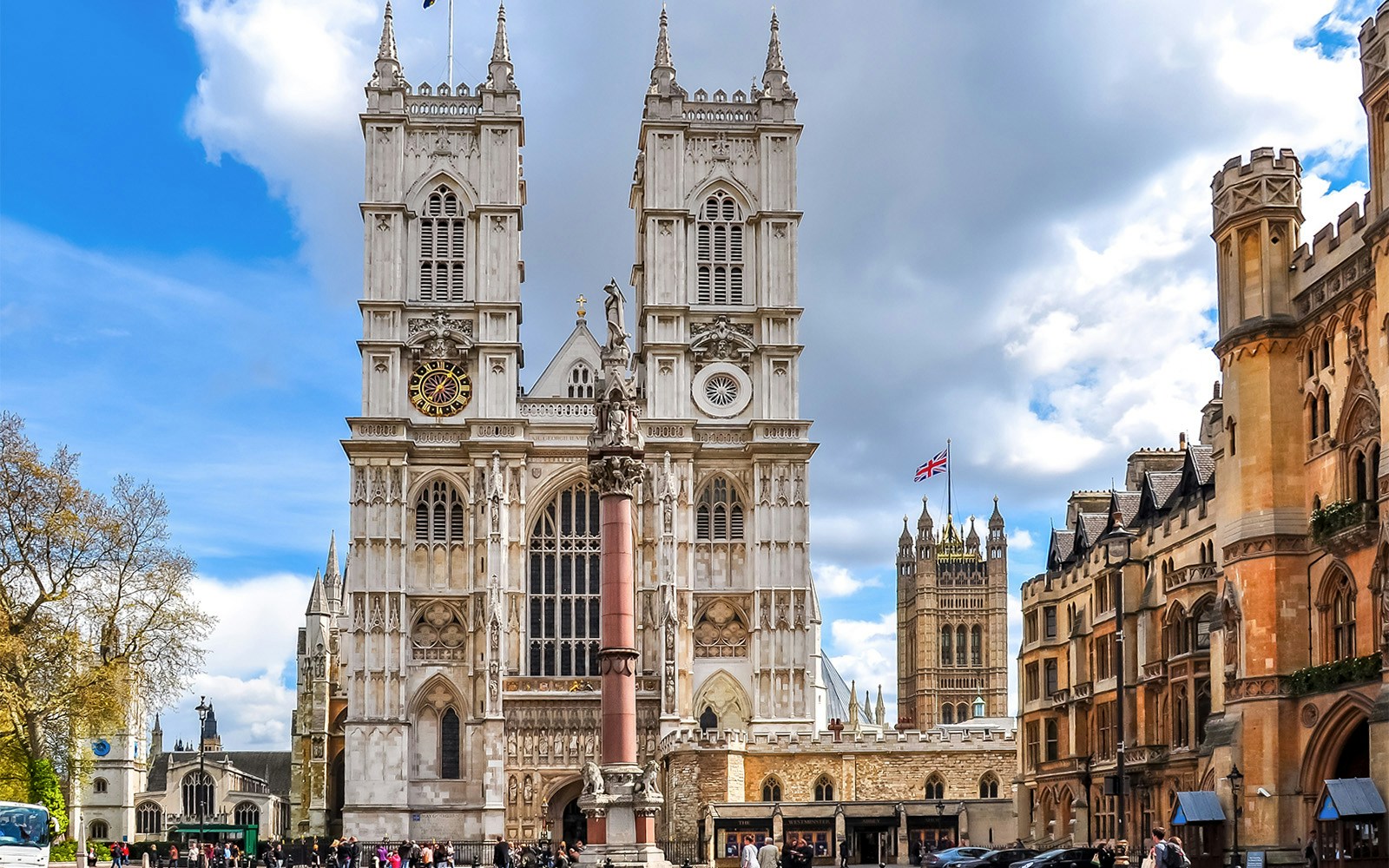- Sacred anointing: The most spiritual act, where holy oil is applied to the monarch, symbolising divine blessing and the sacred authority of kingship.
- Royal oath: The monarch swears an oath to uphold justice, protect the church, and govern faithfully in service to the people.
- Crowning moment: The Archbishop of Canterbury places the crown upon the monarch’s head, formally confirming their authority and role as sovereign.
- Processional entry: The monarch enters Westminster Abbey in a grand procession, accompanied by clergy, officials, regalia, and symbolic displays of royal power.
- Coronation music: Specially composed pieces, such as Handel’s Zadok the Priest, provide a powerful musical backdrop that elevates the ceremony’s grandeur.
- Communal celebration: Following the crowning, hymns and acclamations ring through the Abbey, uniting the congregation and the country in shared recognition of the monarchy.
The coronation ceremony













